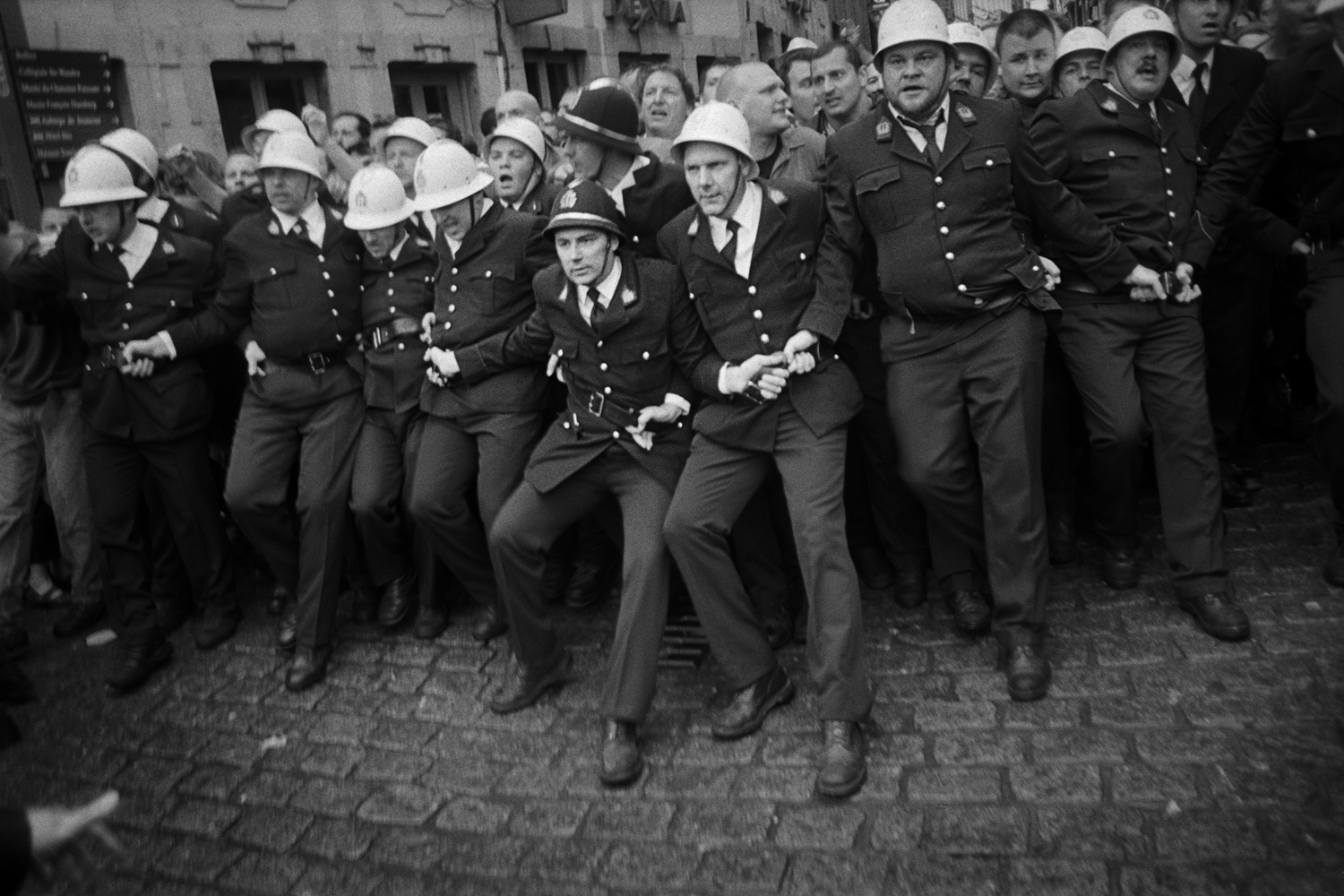
Photojournalist Cedric Gerbehaye has spent more than a decade working outside of his native Belgium. He’s covered the conflict in Israel and Palestine, South Sudan’s difficult independence and Congo’s struggle with peace after years of violence.
So, when he was awarded a grant from the Photoreporter festival in 2012 to produce a new body of work, he chose an unlikely location: his own country.
“I had this desire to work at home, which I had never done before,” he tells TIME, as his stark photographs of Belgium are published in a new book and exhibited at the Foto Museum in Antwerp. “I’ve always worked abroad from my very first assignment in Palestine. I haven’t stopped for 10 years. I wanted to see what I would be able to do in Belgium — working away from the news.”
His desire to concentrate on his country was also sparked by his interactions with his subjects abroad. “Every time, I was asked about Belgium, a country that I didn’t really know, in fact.” And that was when Belgium was going through some of the biggest upheavals in its modern history. In 2010 and 2011, the nation had gone 541 days without a functioning government, and in 2013 it welcomed a new King after Albert II relinquished his post.
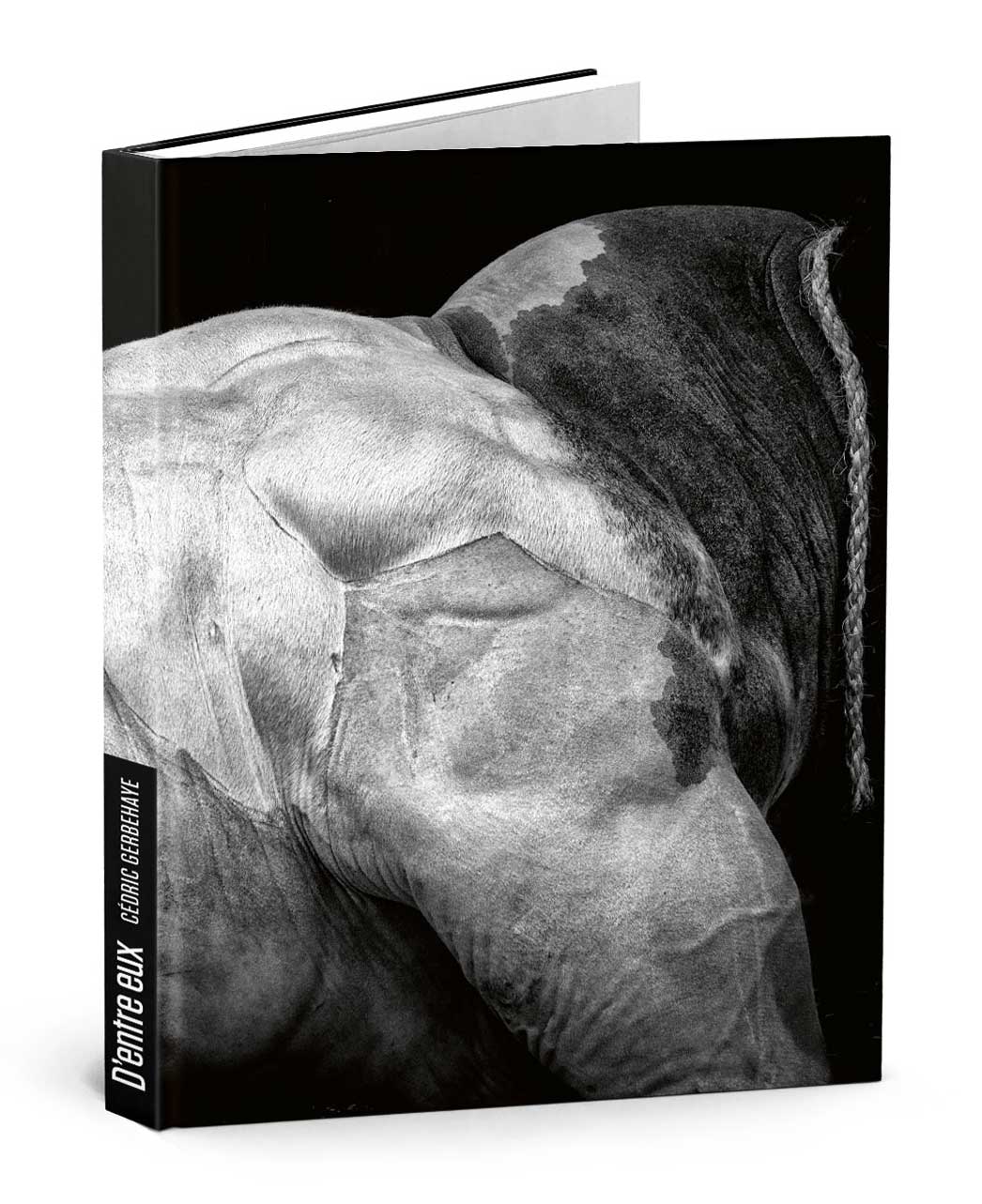
Gerbehaye started working with no particular angle in mind, he says. “My goal was to take my time, to find myself. I wanted to discover my own country, get into my car and drive for three or 10 days. The only thing I knew was that I didn’t want to talk about what everyone talks about, which is the differences between the north and the south, between the Flemish and the Walloon communities. People often have a set idea of Belgium. I wanted to get away from that.”
The result is Gerbehaye’s most personal work – images at times amusing and at times tragic, which convey a sense of community but also of loneliness in a country that struggles with its own identity. “It addresses questions like what it means to be home. How do you define home?” says Gerbehaye.
The results of the three-year slow-journalism experiment have affirmed Gerbehaye’s decision to take his time. “I realized that I need to create real relationships with the people I photograph,” he explains, “to understand what they are going through.”
Cedric Gerbehaye is a photographer with Agence VU.
Olivier Laurent is the editor of TIME LightBox. Follow him on Twitter and Instagram @olivierclaurent.
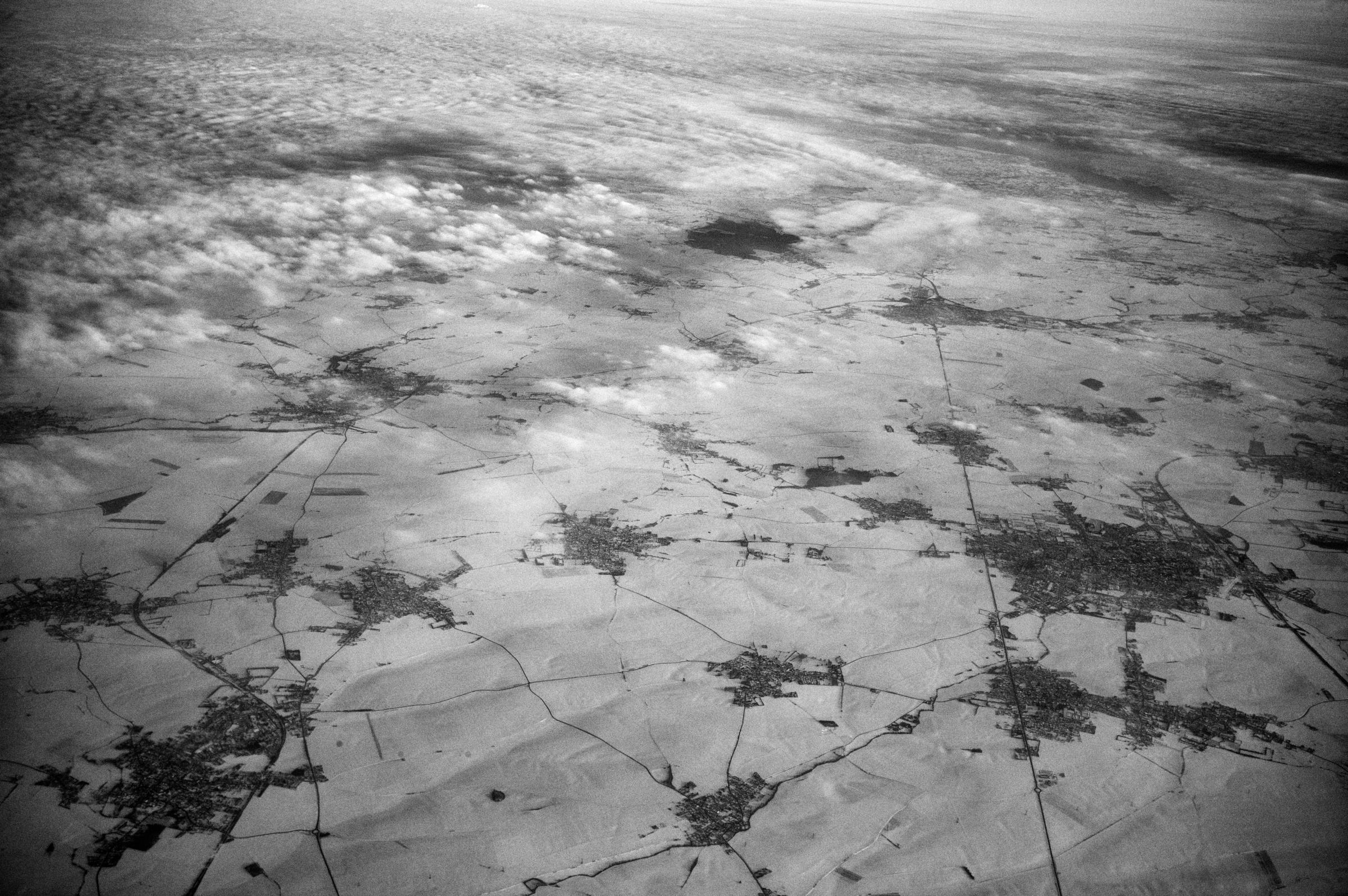
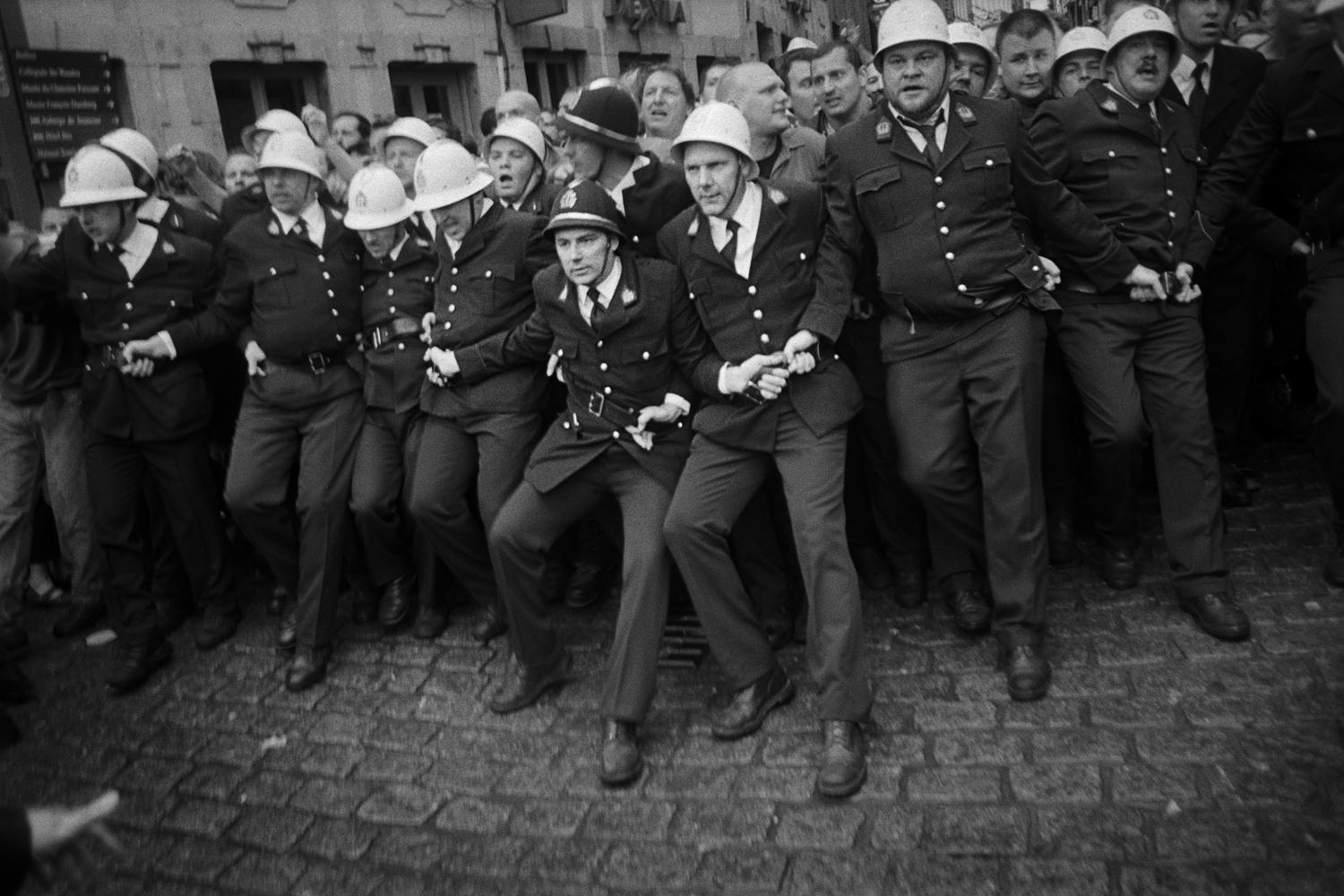

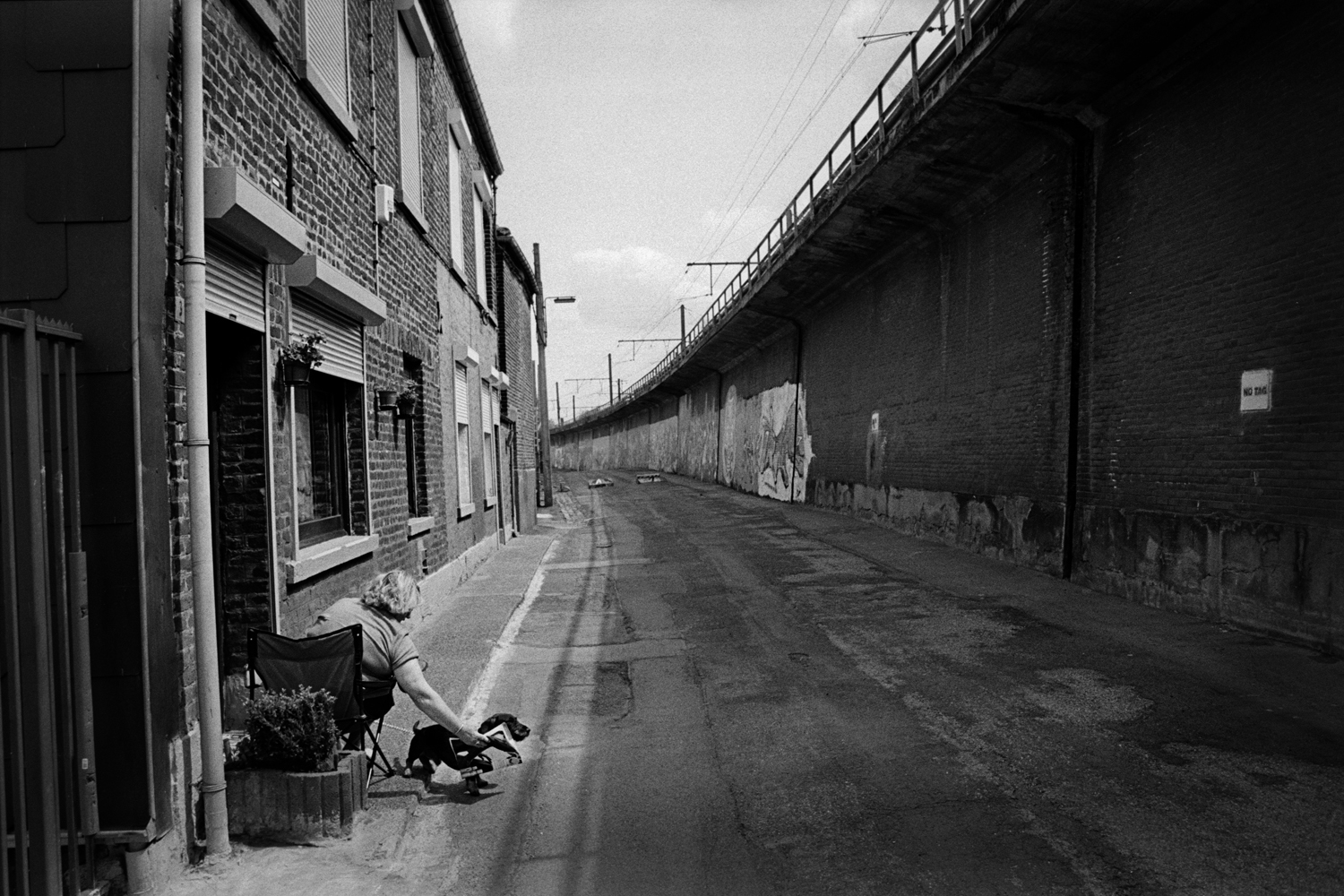


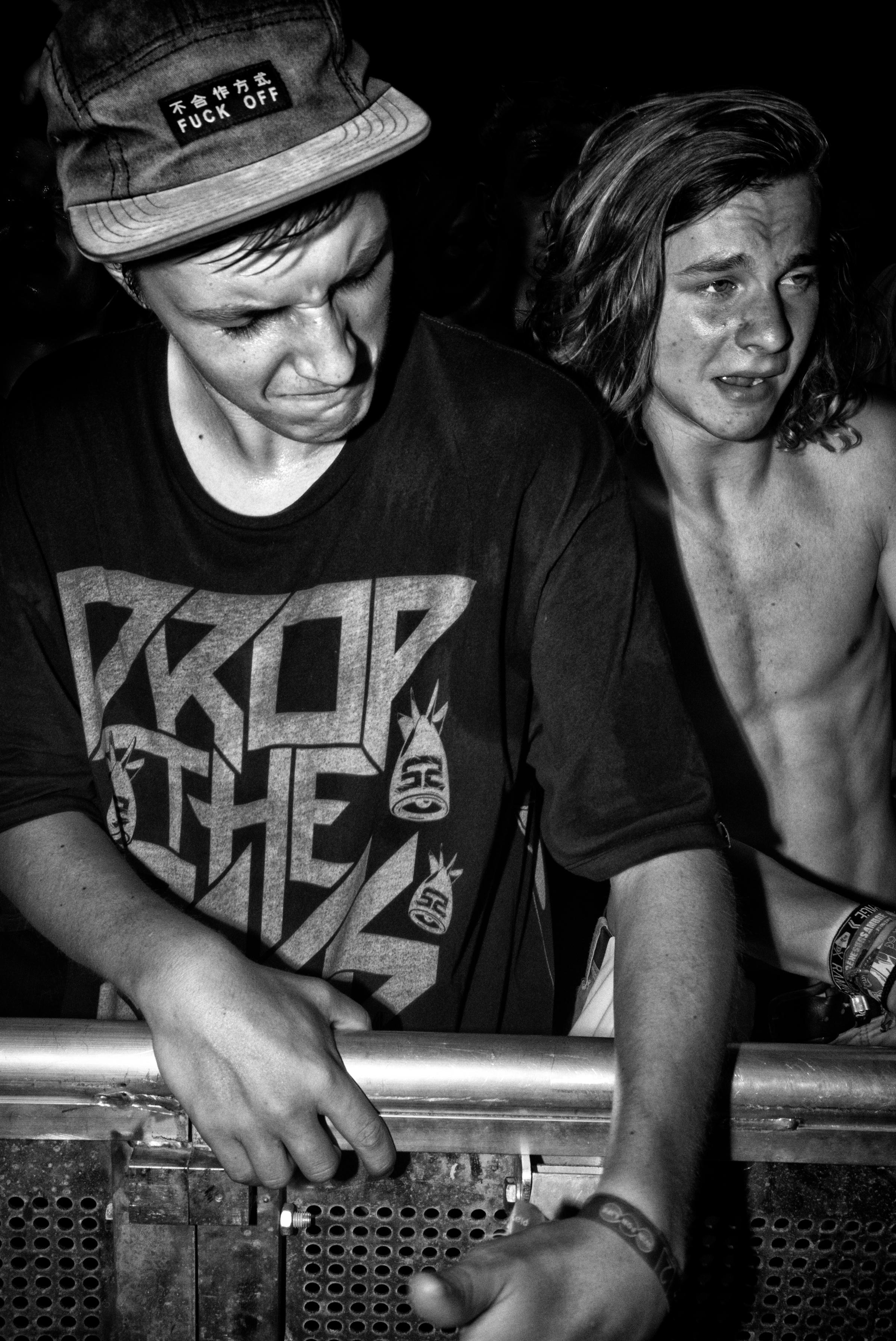
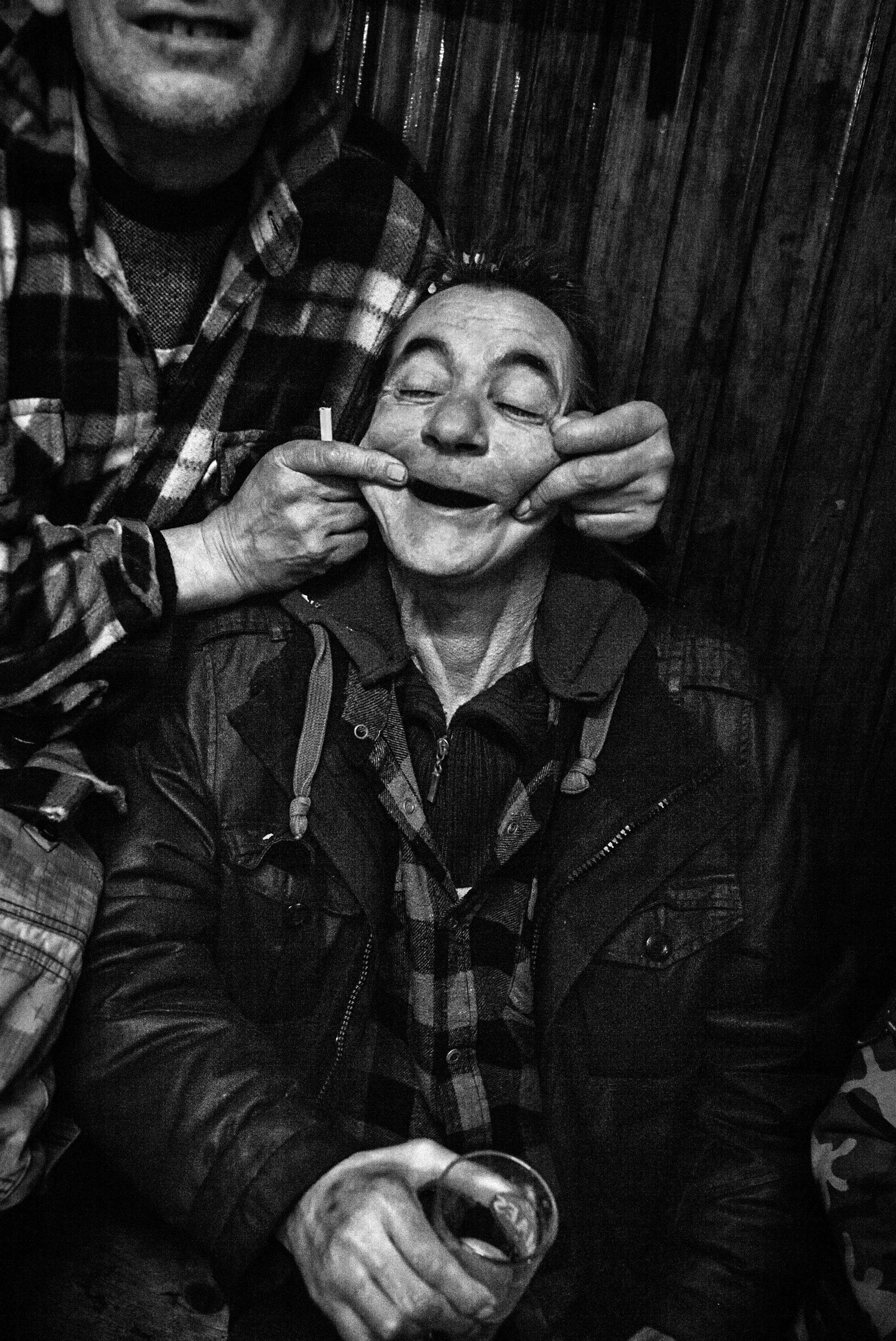
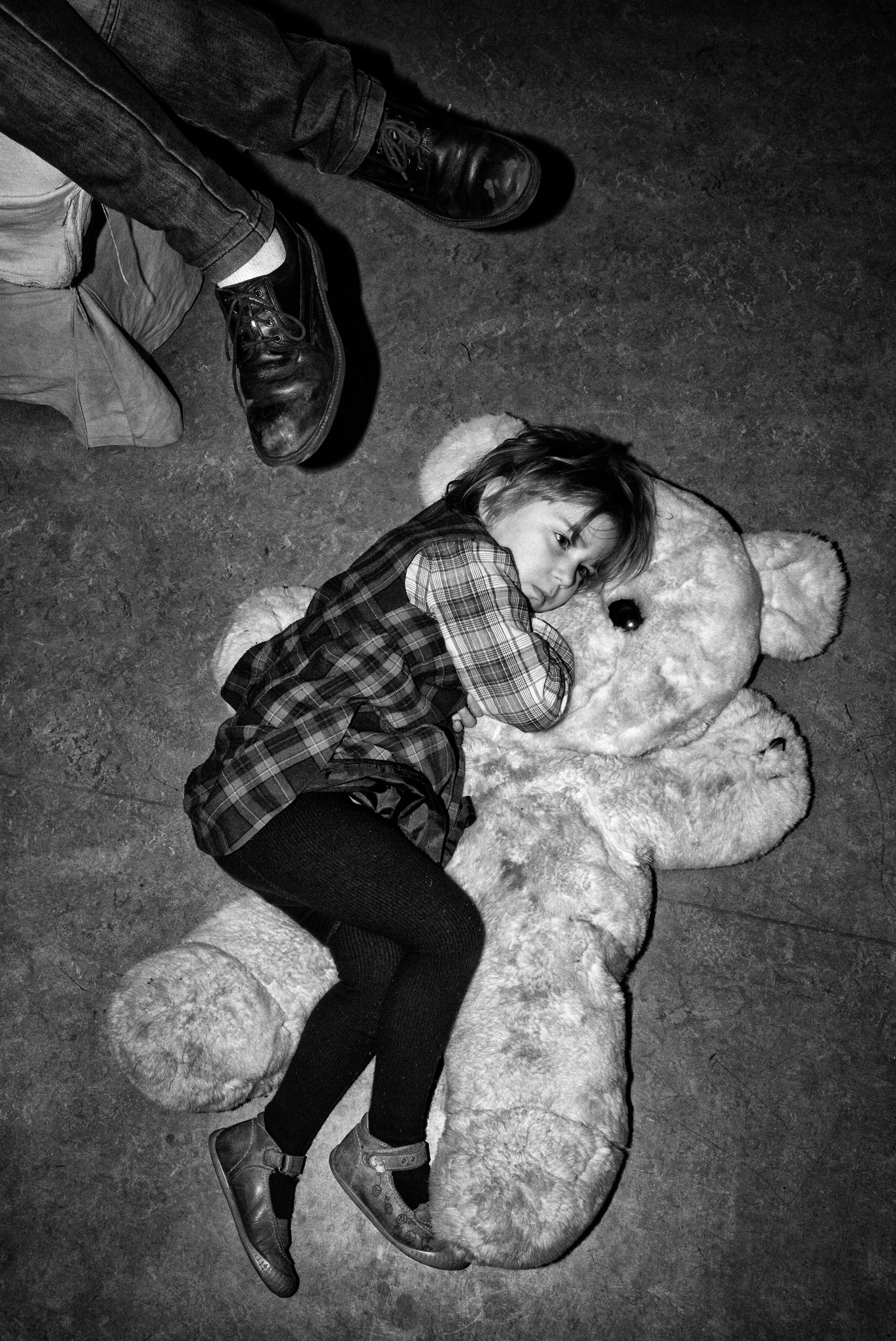
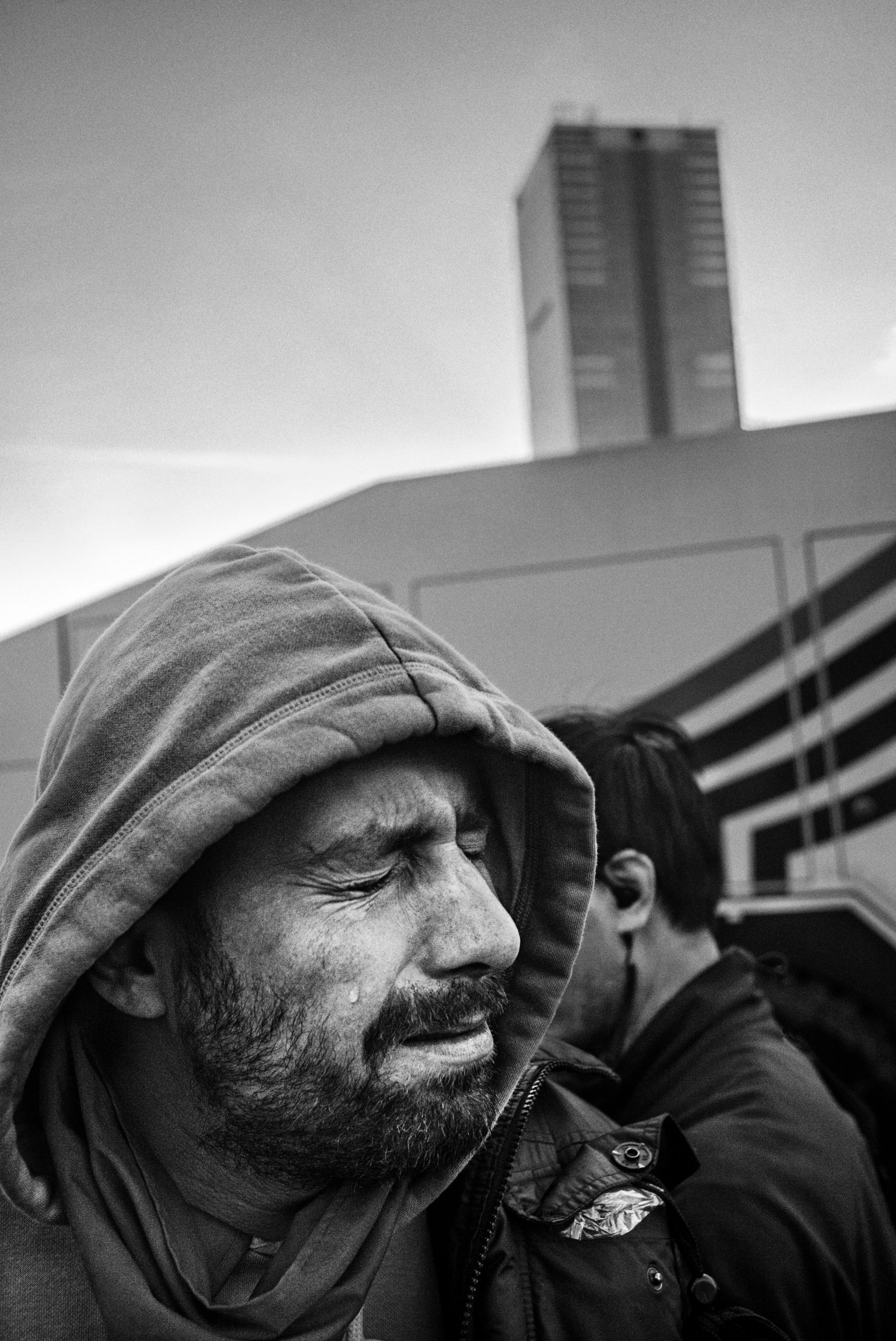
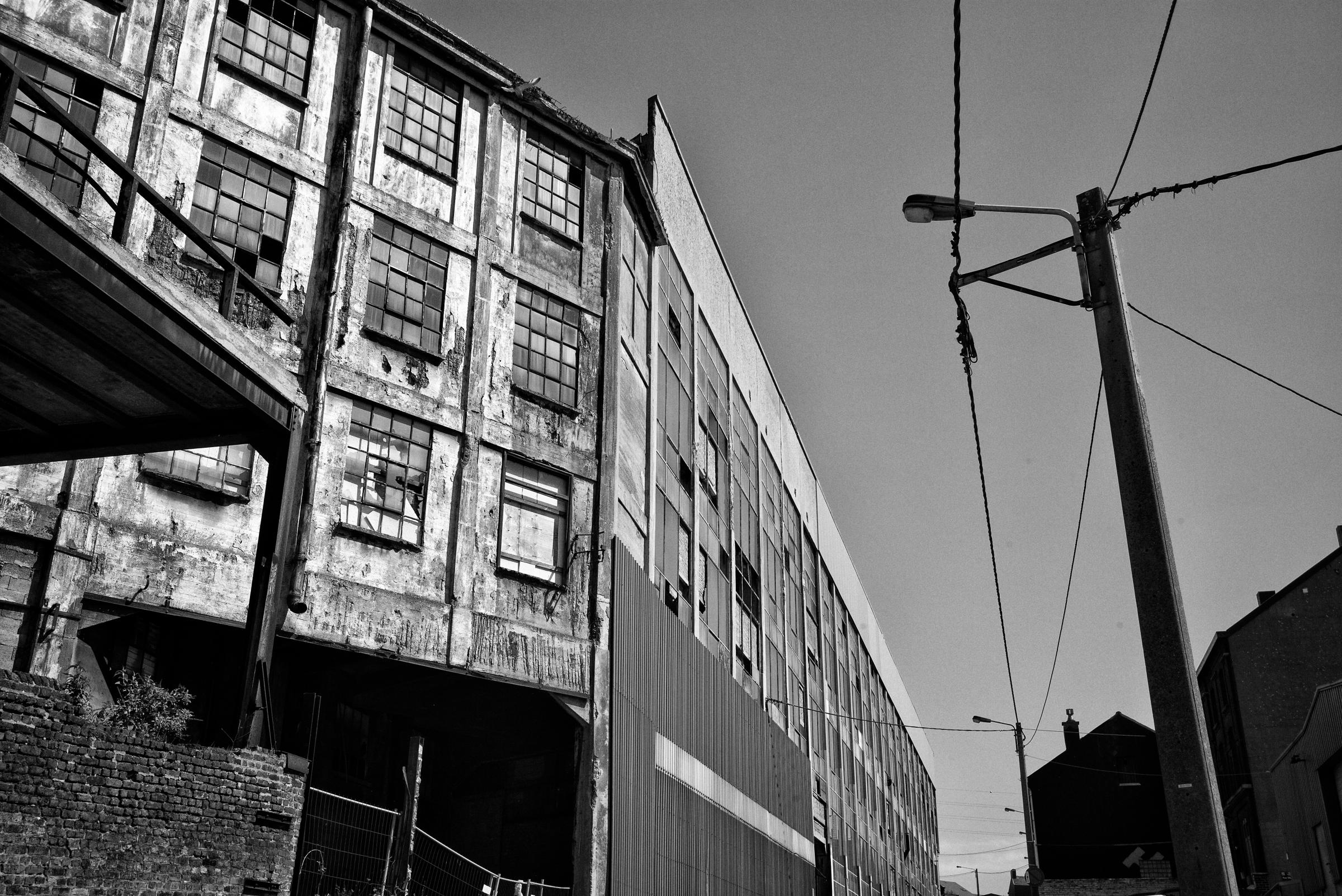
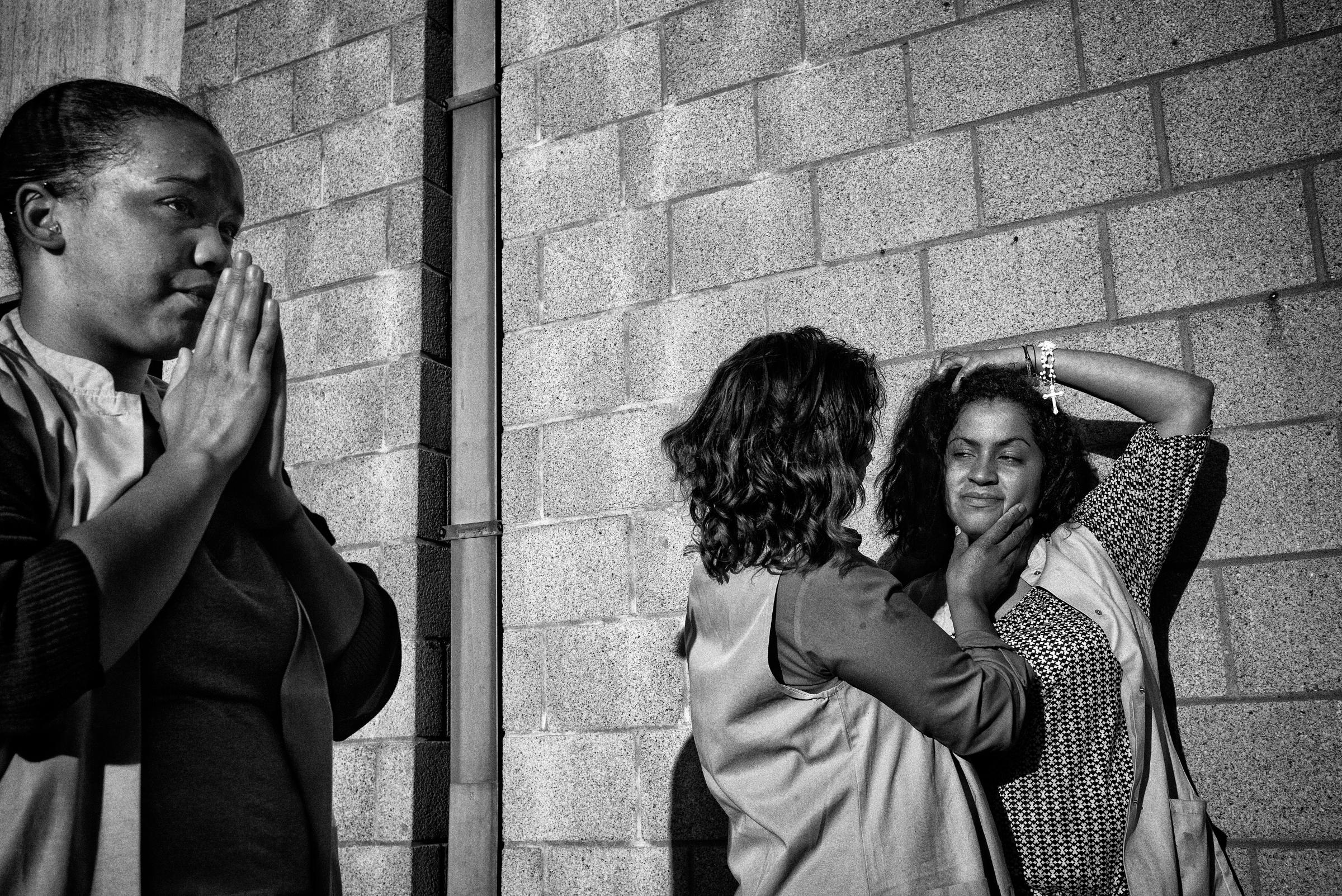
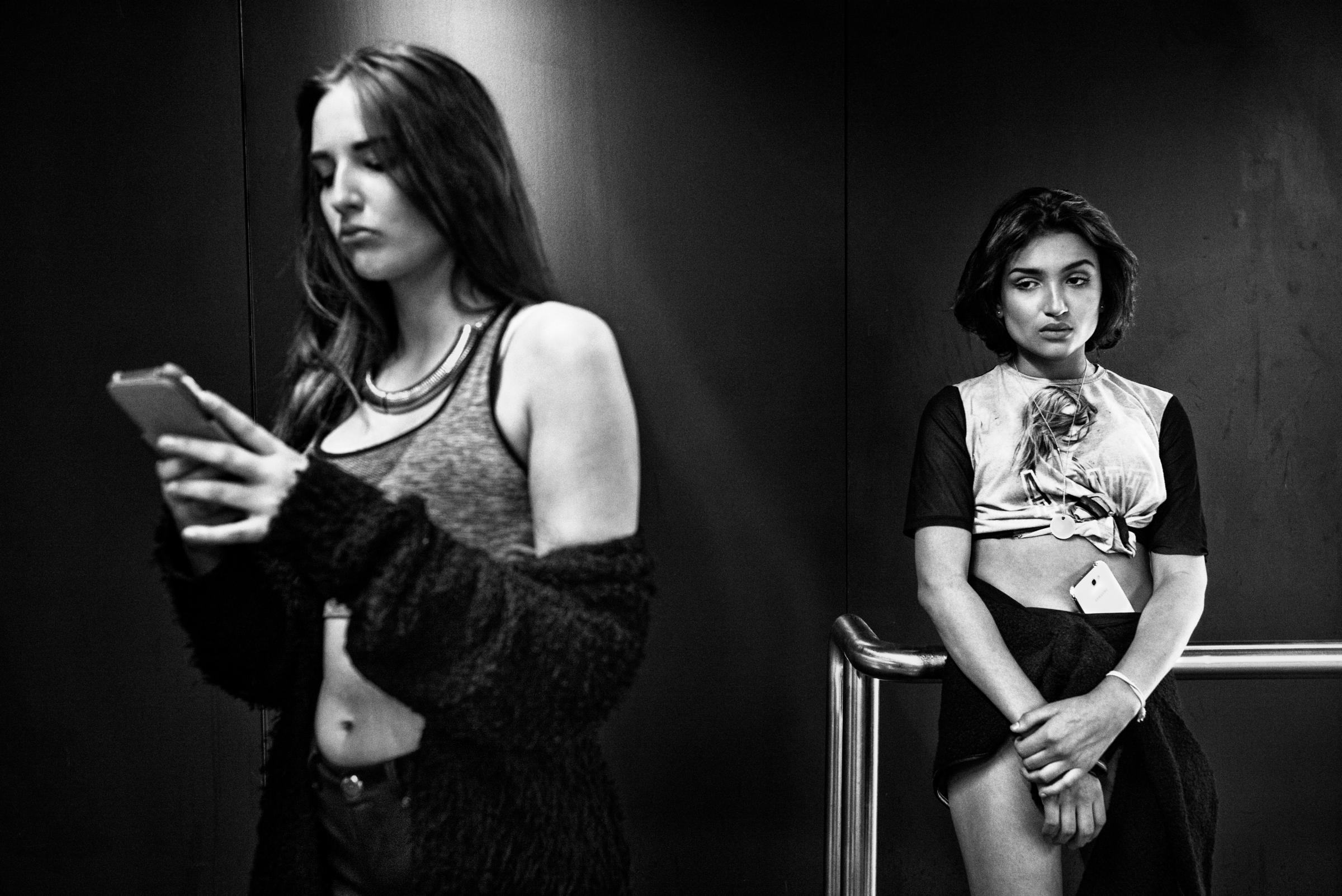
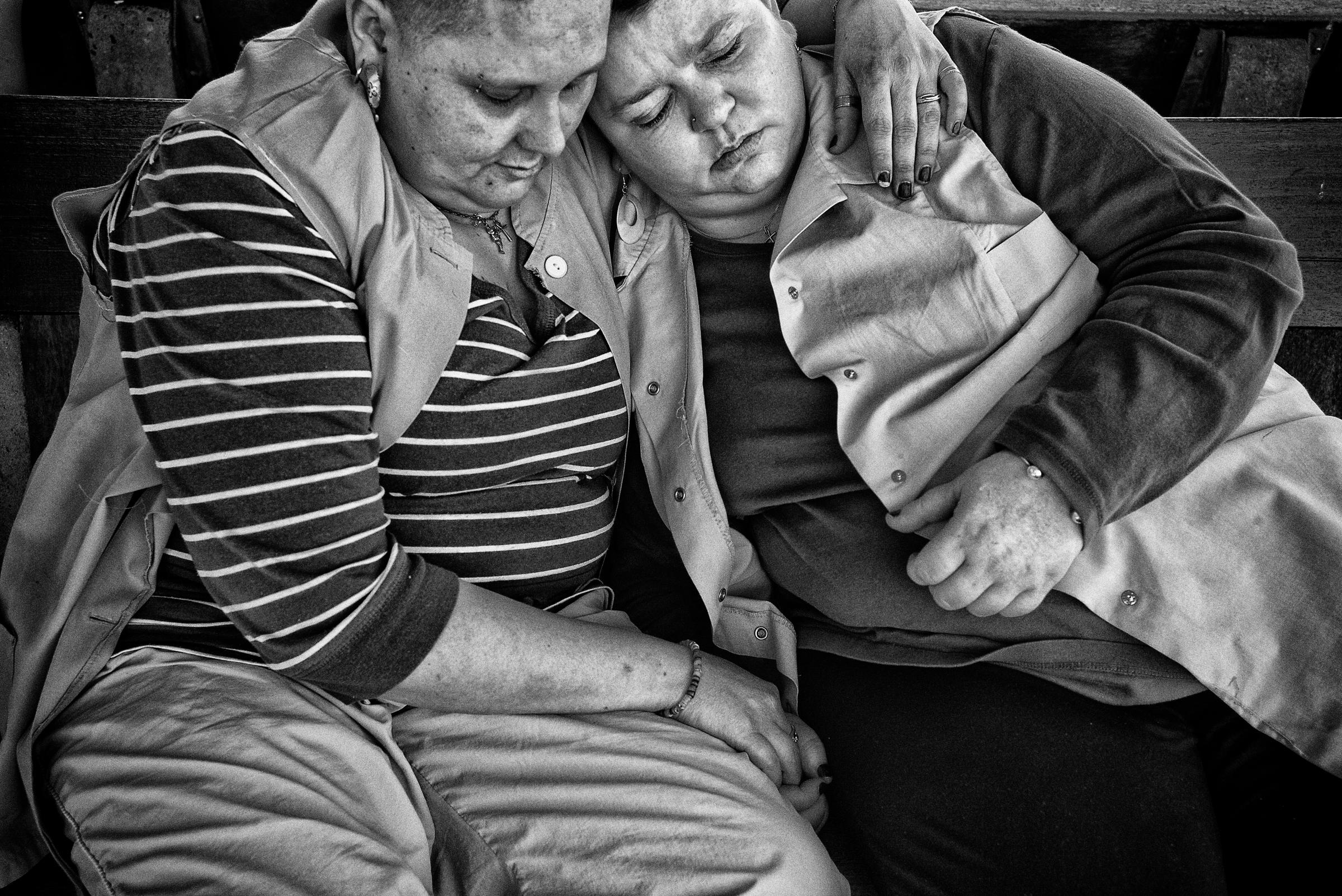

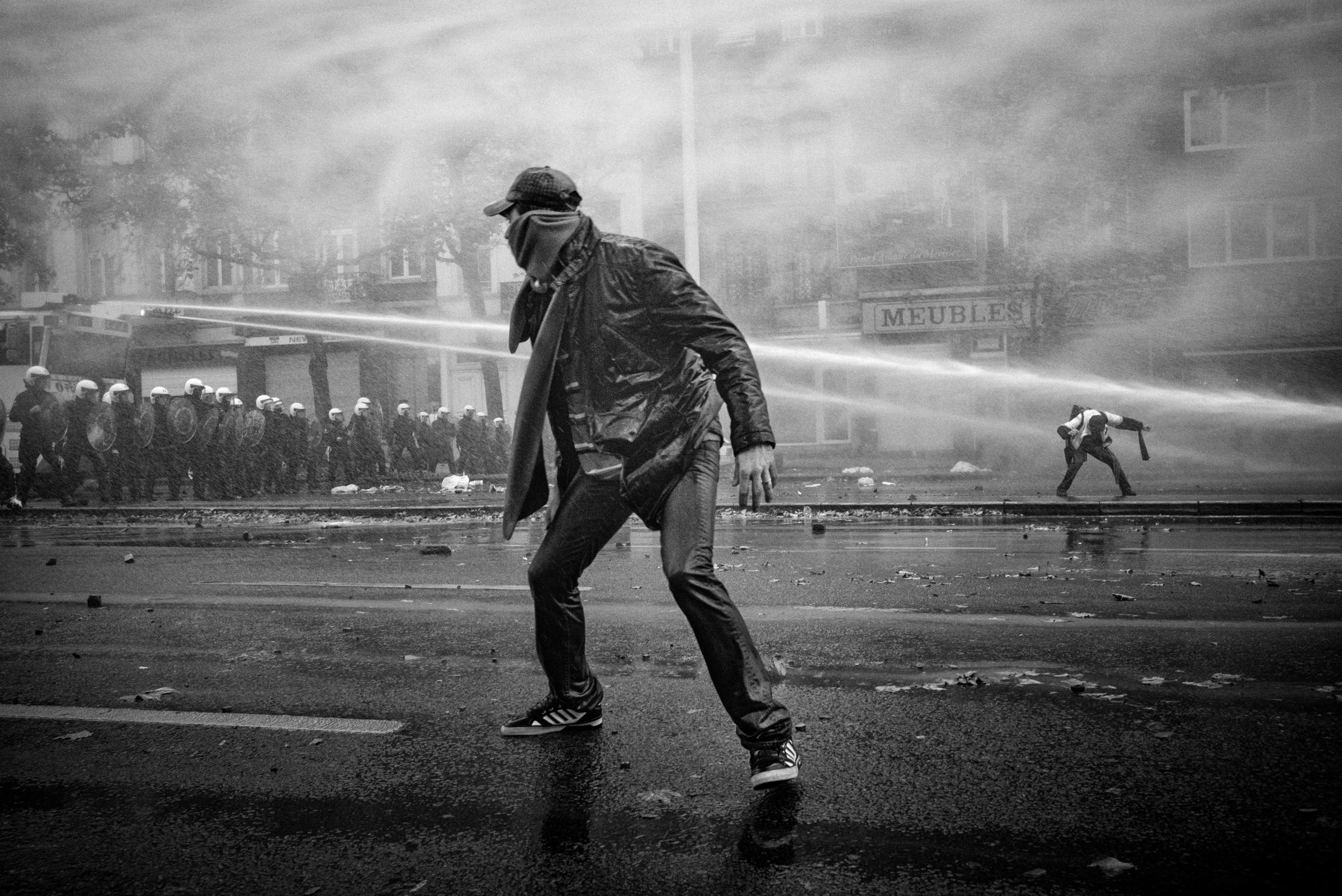

More Must-Reads from TIME
- The New Face of Doctor Who
- Putin’s Enemies Are Struggling to Unite
- Women Say They Were Pressured Into Long-Term Birth Control
- Scientists Are Finding Out Just How Toxic Your Stuff Is
- Boredom Makes Us Human
- John Mulaney Has What Late Night Needs
- The 100 Most Influential People of 2024
- Want Weekly Recs on What to Watch, Read, and More? Sign Up for Worth Your Time
Contact us at letters@time.com